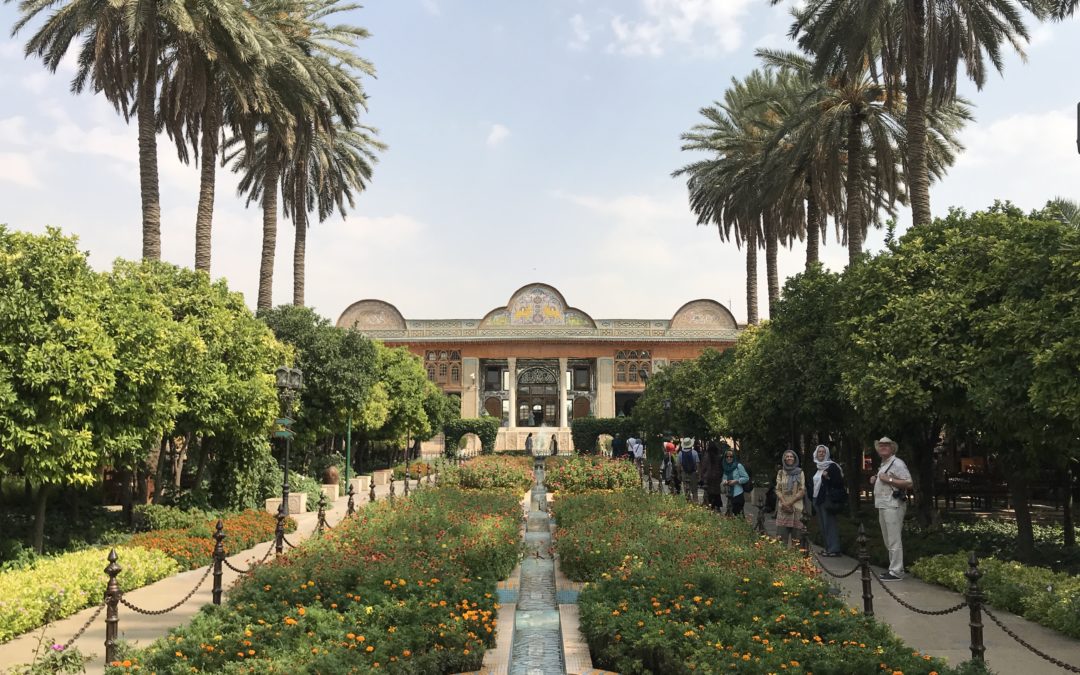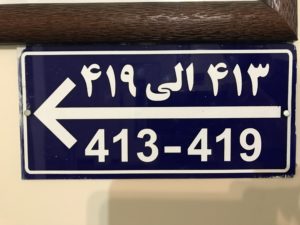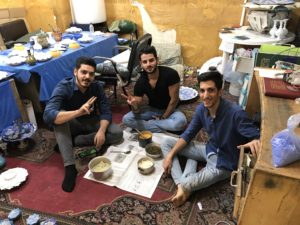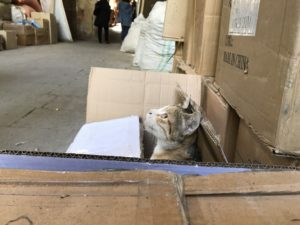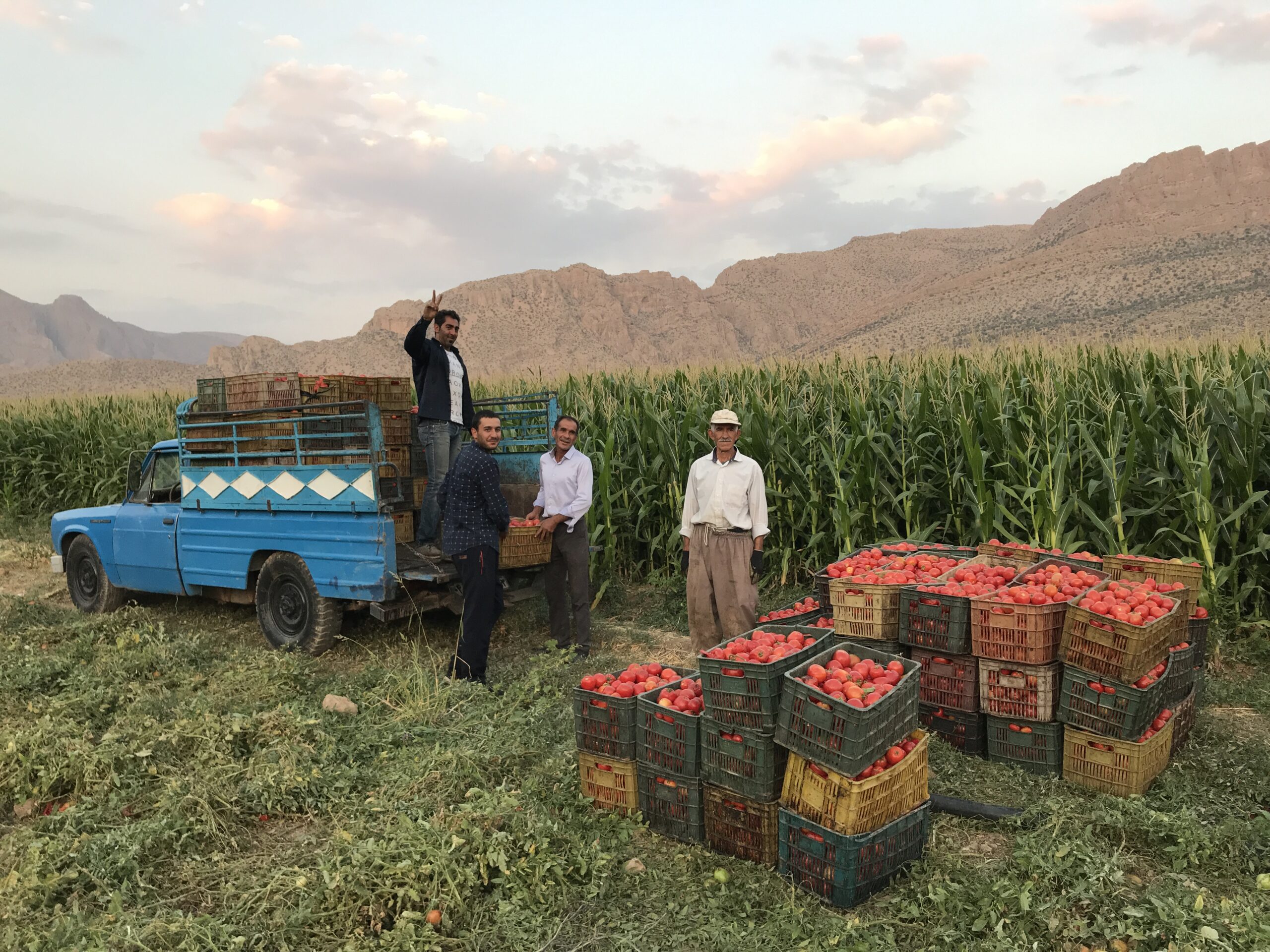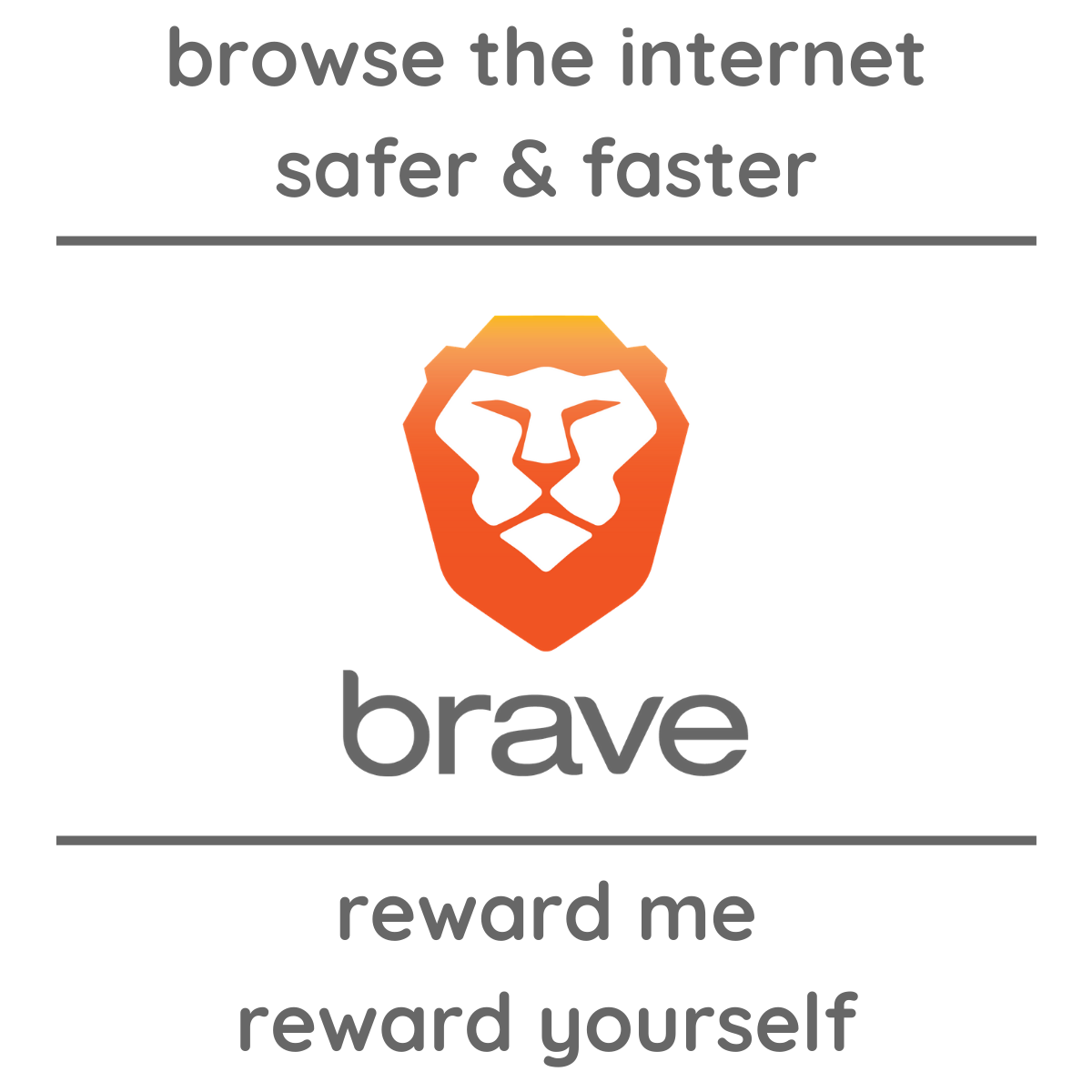While traveling in Iran for a month, I learned some Persian words, phrases, and numerals (sometimes Persian is referred to as Farsi).
Consequently, there were many times when my limited knowledge of Persian really came in handy. For instance, I learned how to say “hello” or “what’s up?” in Persian. When I met Iranians and used some Persian words, they immediately gave me a smile and I knew I’d made a good first impression. Obviously, we all know how important it is to make a good first impression, no matter what the context!
Whether you’re planning an incredible trip to Iran or not, let’s have some fun learning a little Persian!
Persian numerals and numbers
Almost certainly, you’re familiar with Roman numerals. Well, now let me introduce you to Persian numerals!
After I learned to read Persian numerals, I no longer had to ask “how much?” when the price of something was marked. As you’re about to see, some numerals are immediately recognizable, while others will take only a few looks to learn!
Note: Because this is probably your first lesson in Persian, I’ll keep things very easy. For that reason, I’ll use the English alphabet to show pronunciation (I’ll let the real Persians teach you the Persian alphabet). However, I decided to include the Persian numbers in this post.
۰ = 0 (“sefr”) In case you didn’t notice, that’s actually just a small square, titled 45° on its corner.
۱ = 1 (“yek”) So easy! It looks just like a 1.
۲ = 2 (“doh”) With this numeral, count the points at the top – one, two!
۳ = 3 (“seh”) With this numeral, count the points at the top – one, two, three!
۴ = 4 (“chahâr”) When you twist it, this numeral looks kind of like a crooked 4.
۵ = 5 (“panj”) Unquestionably, it’s an upside down heart!
۶ = 6 (“shesh”) When you think about it, this numeral looks kind of like a sloppy 6.
۷ = 7 (“haft”) Unquestionably, it’s a V!
۸ = 8 (“hasht”) Conversely, it’s an upside down V, or an A without the horizontal line.
۹ = 9 (“noh”) So easy! It looks like a 9!
Great job! Before moving on to Persian words, let’s pronounce a few more numbers:
- 10 = dah
- 100 = yek sad
- 1,000 = yek hezâr
- 1,000,000 = yek milyun
A few basic Persian words
Now, let me introduce you to some of the most basic Persian words that I learned while traveling in Iran.
2 ways to say “yes”
- bale (formal)
- are (informal, like the word “yeah”)
3 ways to say “thank you”
- sepas (formal, Persian word)
- manmoon (formal, derived from Arabic)
- merci (informal, derived from French)
- BONUS: Here are 8 more ways to say “thank you”.
3 ways to say “goodbye”
- hodafez (derived from an Arabic phrase meaning “may god be with you”)
- beh derood (a more Persian way of saying “goodbye”)
- beh omid didar (meaning “I hope to see you again”)
salam = hello
khoahesh mikonam = you’re welcome
nah = no
lotfan = please
sobh be kheir = good morning
shab be kheir = good night
bebash = excuse me
Ready for more Persian words?
So, now you’ve learned your first Persian words. To conclude your first lesson, let’s go a bit deeper and include a few Persian phrases!
chande = how much (related to price)
khosh mazze = delicious
be salam ati = to your health (a polite way to say “cheers”)
khoshgel = beautiful
khoshtip = handsome
naz = cute
bosheh = sounds good (or “I agree”)
khelli = very
chetori? = how are you?
che khabar? = what’s up?
khoobi? = are you good?
khoob = good
khoob am = I’m good
hichi = nothing
salam ati = it’s all good
tavalodet mobarak = happy birthday
khosh vakhtam = nice to meet you
shoma = you guys
aub = water
namak = salt
tokhm = eggs
Finally, this is how to properly use “let’s go” as a question and an answer:
- If you say “berim” with a question-like tone in your voice, it means “are you ready to go?”
- If you say “berim” with an answer-like tone in your voice, it means “yes, let’s go”
BONUS 🤫
After a while, when learning a new language, many people want to learn some dirty words. As a bonus, I’ll tell you one dirty phrase! In case you weren’t aware, in most languages, the slang word for “testicles” is the word for “eggs” (when you think about it, that makes a lot more sense). With that in mind, a common dirty phrase that a man would say is:
- tokhm mam o beshur = wash my eggs (the English equivalent would be “suck my balls”)
But, you didn’t hear that one from me! 😉 And, yes, I definitely used that phrase and got some big laughs!
Continue learning!
To begin learning Persian words, I watched some of these popular Youtube videos. If you’re even more interested, check out this list of top 10 sites for learning Persian for free, and choose the site that you think is best.
By this time, I’m willing to bet that I’ve raised your interest in language learning. Check out my other two language posts, especially if you’re going to visit Vietnam, Malaysia, Indonesia, or Brunei:
- The most important Vietnamese words and phrases I learned
- 70+ of the most important words I learned in Malay & Indonesian
In summary, no matter which country you’re going to visit, it’s always good to learn a few of the most basic words. For example, “thank you”, “you’re welcome”, and “hello”. When you do, you’ll be able to make a good first impression and the locals will really show their appreciation!
While traveling in Iran for a month, I learned some Persian words, phrases, and numerals (sometimes Persian is referred to as Farsi).
Consequently, there were many times when my limited knowledge of Persian really came in handy. For instance, I learned how to say “hello” or “what’s up?” in Persian. When I met Iranians and used some Persian words, they immediately gave me a smile and I knew I’d made a good first impression. Obviously, we all know how important it is to make a good first impression, no matter what the context!
Whether you’re planning an incredible trip to Iran or not, let’s have some fun learning a little Persian!
Persian numerals and numbers
Almost certainly, you’re familiar with Roman numerals. Well, now let me introduce you to Persian numerals!
After I learned to read Persian numerals, I no longer had to ask “how much?” when the price of something was marked. As you’re about to see, some numerals are immediately recognizable, while others will take only a few looks to learn!
Note: Because this is probably your first lesson in Persian, I’ll keep things very easy. For that reason, I’ll use the English alphabet to show pronunciation (I’ll let the real Persians teach you the Persian alphabet). However, I decided to include the Persian numbers in this post.
۰ = 0 (“sefr”) In case you didn’t notice, that’s actually just a small square, titled 45° on its corner.
۱ = 1 (“yek”) So easy! It looks just like a 1.
۲ = 2 (“doh”) With this numeral, count the points at the top – one, two!
۳ = 3 (“seh”) With this numeral, count the points at the top – one, two, three!
۴ = 4 (“chahâr”) When you twist it, this numeral looks kind of like a crooked 4.
۵ = 5 (“panj”) Unquestionably, it’s an upside down heart!
۶ = 6 (“shesh”) When you think about it, this numeral looks kind of like a sloppy 6.
۷ = 7 (“haft”) Unquestionably, it’s a V!
۸ = 8 (“hasht”) Conversely, it’s an upside down V, or an A without the horizontal line.
۹ = 9 (“noh”) So easy! It looks like a 9!
Great job! Before moving on to Persian words, let’s pronounce a few more numbers:
- 10 = dah
- 100 = yek sad
- 1,000 = yek hezâr
- 1,000,000 = yek milyun
A few basic Persian words
Now, let me introduce you to some of the most basic Persian words that I learned while traveling in Iran.
2 ways to say “yes”
- bale (formal)
- are (informal, like the word “yeah”)
3 ways to say “thank you”
- sepas (formal, Persian word)
- manmoon (formal, derived from Arabic)
- merci (informal, derived from French)
- BONUS: Here are 8 more ways to say “thank you”.
3 ways to say “goodbye”
- hodafez (derived from an Arabic phrase meaning “may god be with you”)
- beh derood (a more Persian way of saying “goodbye”)
- beh omid didar (meaning “I hope to see you again”)
salam = hello
khoahesh mikonam = you’re welcome
nah = no
lotfan = please
sobh be kheir = good morning
shab be kheir = good night
bebash = excuse me
Ready for more Persian words?
So, now you’ve learned your first Persian words. To conclude your first lesson, let’s go a bit deeper and include a few Persian phrases!
chande = how much (related to price)
khosh mazze = delicious
be salam ati = to your health (a polite way to say “cheers”)
khoshgel = beautiful
khoshtip = handsome
naz = cute
bosheh = sounds good (or “I agree”)
khelli = very
chetori? = how are you?
che khabar? = what’s up?
khoobi? = are you good?
khoob = good
khoob am = I’m good
hichi = nothing
salam ati = it’s all good
tavalodet mobarak = happy birthday
khosh vakhtam = nice to meet you
shoma = you guys
aub = water
namak = salt
tokhm = eggs
Finally, this is how to properly use “let’s go” as a question and an answer:
- If you say “berim” with a question-like tone in your voice, it means “are you ready to go?”
- If you say “berim” with an answer-like tone in your voice, it means “yes, let’s go”
BONUS 🤫
After a while, when learning a new language, many people want to learn some dirty words. As a bonus, I’ll tell you one dirty phrase! In case you weren’t aware, in most languages, the slang word for “testicles” is the word for “eggs” (when you think about it, that makes a lot more sense). With that in mind, a common dirty phrase that a man would say is:
- tokhm mam o beshur = wash my eggs (the English equivalent would be “suck my balls”)
But, you didn’t hear that one from me! 😉 And, yes, I definitely used that phrase and got some big laughs!
Continue learning!
To begin learning Persian words, I watched some of these popular Youtube videos. If you’re even more interested, check out this list of top 10 sites for learning Persian for free, and choose the site that you think is best.
By this time, I’m willing to bet that I’ve raised your interest in language learning. Check out my other two language posts, especially if you’re going to visit Vietnam, Malaysia, Indonesia, or Brunei:
- The most important Vietnamese words and phrases I learned
- 70+ of the most important words I learned in Malay & Indonesian
In summary, no matter which country you’re going to visit, it’s always good to learn a few of the most basic words. For example, “thank you”, “you’re welcome”, and “hello”. When you do, you’ll be able to make a good first impression and the locals will really show their appreciation!

